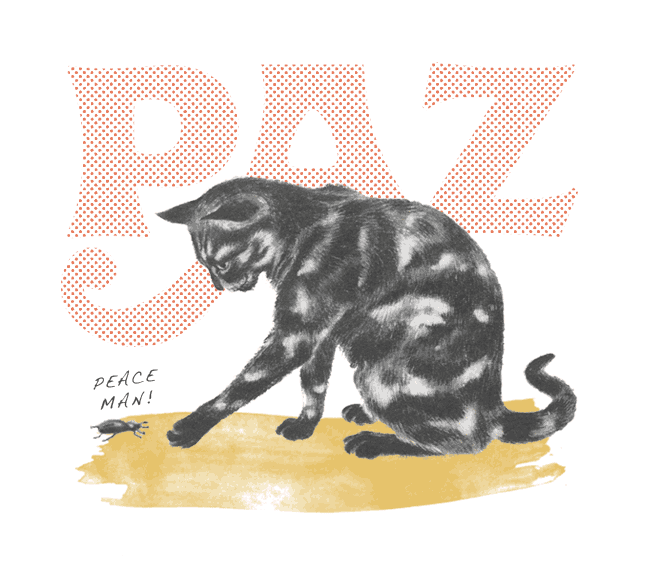Blog by Dr. Cindy Carter
Welcome back to class! This week we’re going to go over another viral disease which has some similarities and differences from FIV…
What is Feline Leukemia Virus?
Feline Leukemia Virus (FeLV), similarly to FIV, causes immune suppression and higher susceptibility to infections. These cats also have a much higher incidence of cancer, most commonly lymphoma. The virus is spread by bodily fluids including saliva, milk, urine, and feces, so only casual contact within a shared space with an infected cat can cause infection. Again, similarly to FIV, the virus can be spread to kittens and may cause abortions or persistently infected offspring. Most commonly the virus is spread through mutual grooming, shared bowls and litterboxes, and fighting. Persistent viremia can take up to 12 weeks, which is why we often test cats for the disease 3 or more months after they come in contact with a possible carrier (that’s why we may recommend testing a few months after kitty comes in for treatment of a gnarly bite wound abscess!). Among those that are persistently infected there is a population of cats that will develop a latent or regressive form of the disease and live for quite a while without clinical symptoms.
How do we diagnose it?
The same test used for diagnosing FIV contains within it the test for FeLV, and both can be screened for in-house at our hospital. The component that tests for FeLV identifies the antigen, or active form of the virus, so a positive test is more confirmatory than the FIV test which just looks for antibodies (remember, those indicate past exposure). The FeLV vaccine does NOT interact with the test, so keeping our outdoor kitties up to date won’t cloud our diagnosis. However it can take 12 weeks to develop a positive FeLV reaction on the test, so it is a good idea to run this labwork a few months after any cat fights. For additional confirmation there is also a more specialized lab test we send out for to confirm FeLV cases as well.
How to protect my cat:
Fortunately, unlike FIV there is a great vaccine for FeLV. We recommend it for outdoor cats or cats in contact with other cats who go outside. Additionally, the American Association of Feline Practitioners (AAFP) does recommend having all kittens, even those who will never go outside, vaccinated for FeLV in their first few months of life, especially since it has been noted that kittens under 4 months of age are more susceptible to the virus. As far as testing goes, it is a good idea to test any new cats that you adopt before integrating them into the household, (and if you remember that 12 weeks rule I was talking about earlier) it would likely be good to retest them at least one more time a few months after they move in just to be safe!
What if my cat is positive?
Keep kitty indoors, away from other cats, to prevent spread. If your cat is diagnosed and already in contact with other cats in the home, just have them tested as well. Cats that have been in longterm contact with an FeLV positive cat and have not picked up the infection have likely already developed immunity to that strain of virus and no further action is needed.
They can still live a nice life, but the mortality rate is quite a bit higher than FIV with upwards of 80% of FeLV positive cats succumbing to death from secondary disease within 3 years of diagnosis. Don’t let that scare you though, neither FeLV or FIV diagnosis is a good reason for euthanasia if the cat is in otherwise good health and can be kept indoors away from other cats it may potentially infect.
So there you have it, a quick run-down on both Feline Leukemia Virus and Feline Immunodeficiency Virus. Be ready for a pop quiz at your next appointment!







